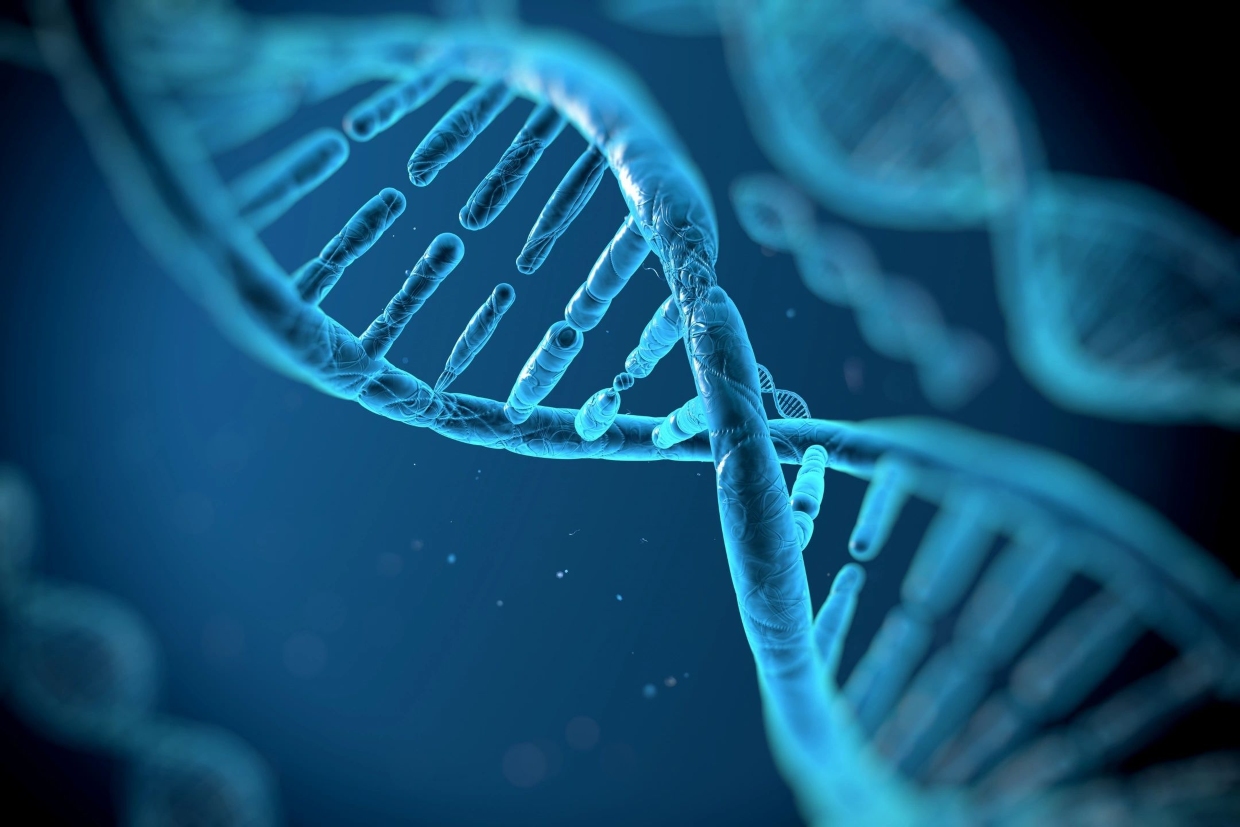Lipids– lipids are triglycerides, fats and oils, phospholipids, and sterols.
Fats contain 9 calories per gram versus 4 calories per gram, as seen with carbs and proteins. This makes fats a very dense form of energy. If your goal is fat loss or overall health, a diet containing 10 to 30% of the calories from fat is recommended.
Fatty acids are derived from triglycerides and are a type of fat that can be saturated or unsaturated. Saturated fats have no double bonds on the carbon chain.
They are implicated as a risk factor for heart disease because they can raise bad cholesterol levels, also known as LDL or low-density lipoproteins. These types of fats are found in meats, dairy products, coconut oil, and palm oil.
Unsaturated fats have two types; monounsaturated and polyunsaturated.
Monounsaturated fats, mono, meaning one double bond in a carbon chain, are olive oil and canola oil. These can help increase good cholesterol, HDL or high-density lipoproteins, and decrease heart disease risk.
The second type of unsaturated fats is polyunsaturated fats; poly meaning many or more than one double bond, which provides essential fatty acids that the body needs and can’t make on its own.
An example is the omega 3 fatty acids found in cold-water fish like salmon.
Both monounsaturated fatty acids and omega 3 fatty acids have a favorable effect on blood lipid profiles. They may play a role in treating and preventing heart disease, hypertension, arthritis, and cancer.
Besides providing energy for low-intensity activities, fats are necessary for the transportation of the fat-soluble vitamins A, D, E, and K. Fats are also crucial for fullness because they stimulate the release of a hormone called cholecystokinin; CCK. This signals satiety and slows the digestion of foods.
For these reasons, it is essential to have small amounts of fats in a diet, especially when you want to lose weight.
Just as with carbs, fats don’t make us fat. But they are very energy-dense, making it easier to over-consume fats compared to other macro-nutrients.
Other things fats are used to include structure and membrane function, precursor hormones, cellular signals, and regulation of uptake and excretion nutrients.




0 Comments